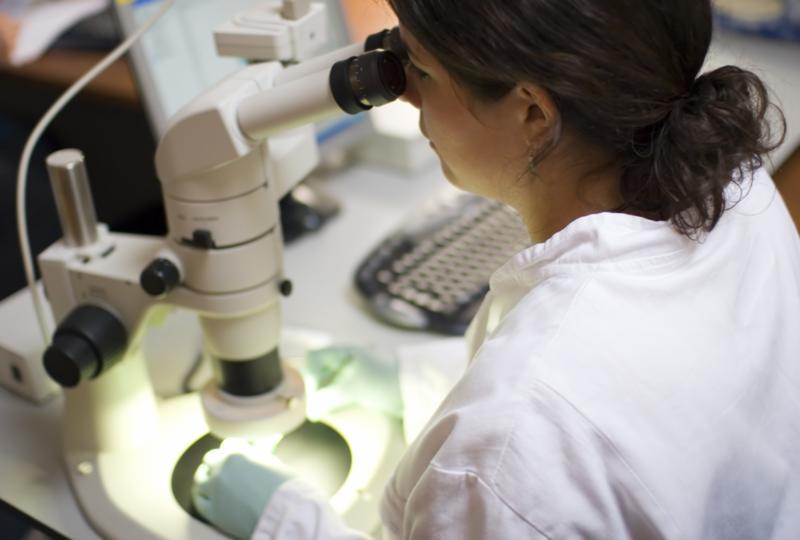Developments in New Lupus Immunotherapy
Details of the Study
Basically, the dendritic cells in SLE patients display a lowered ability to “clear away” any dying cells or cells that are already dead. Moreover, previous studies of this kind, indicate that the traits of DCs in SLE patients, such as phenotype composition and frequency, widely differ from those of healthy individuals. What has been challenging to obtain is comparative data from past research because the differences in how the disease manifests from one patient to another is quite distinctive. However, the most recent research on the re-engineering of DCs still gives the medical community reason to believe that this could be the next pathway for treatment that is directed toward the condition itself.
This possibility is why DCs, according to this study, appear to be viable targets for a new kind of treatment because the experiment shows that they can be redesigned, so to speak, toward self-tolerance.
To start off with, researchers searched for a way to generate DCs for the purpose of increasing the body’s tolerance toward certain antigens that trigger an autoimmune response. All in all, they hoped to create DCs that would keep the body’s immune system from rebelling against the body itself by directly affecting apoptotic cells which are the perpetrators that can increase the inflammatory response. If this procedure proves to be effective, the DCs would curb this response and even possibly protect the organs from further damage (or any damage at all, if none has occurred yet in the patient).



